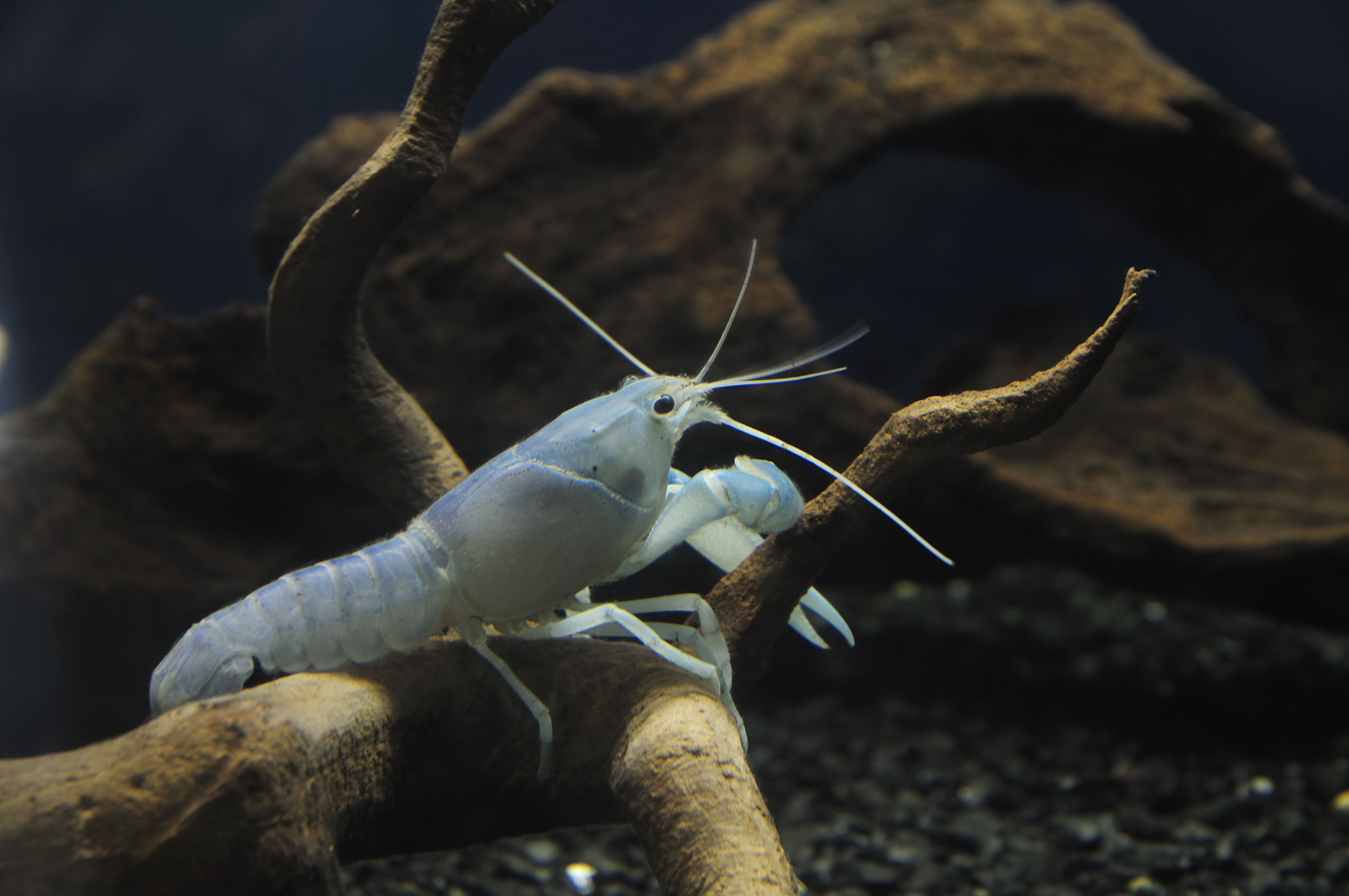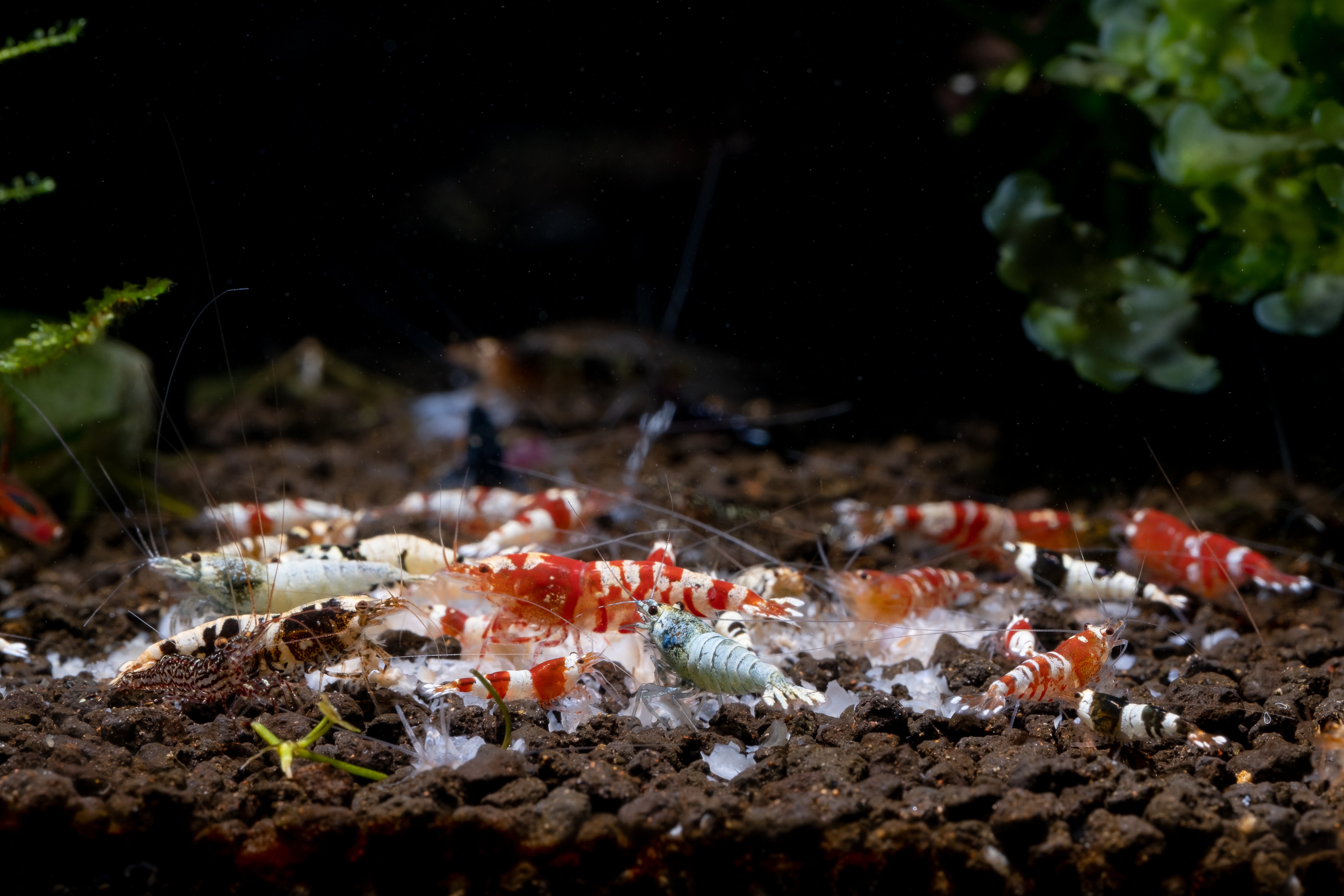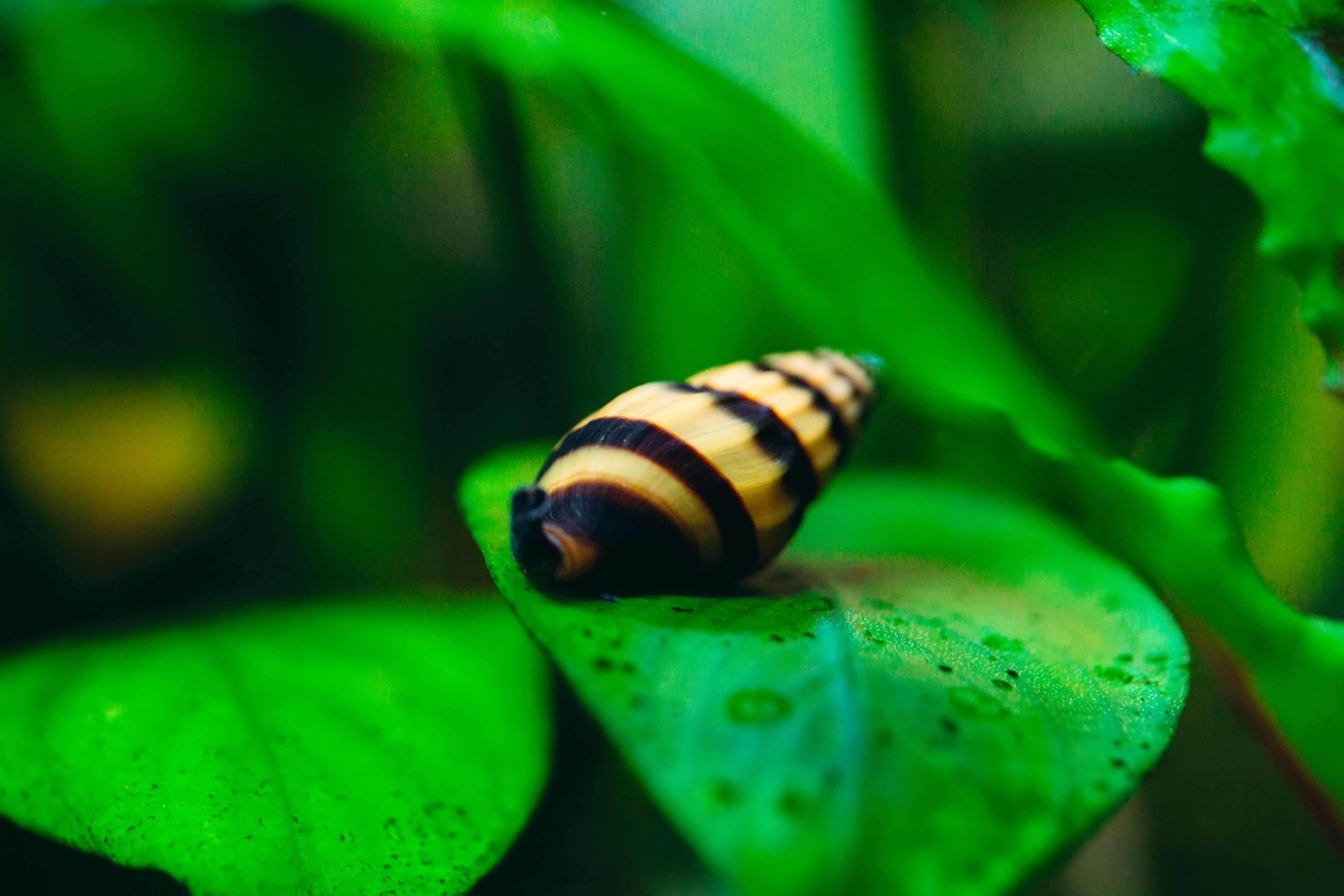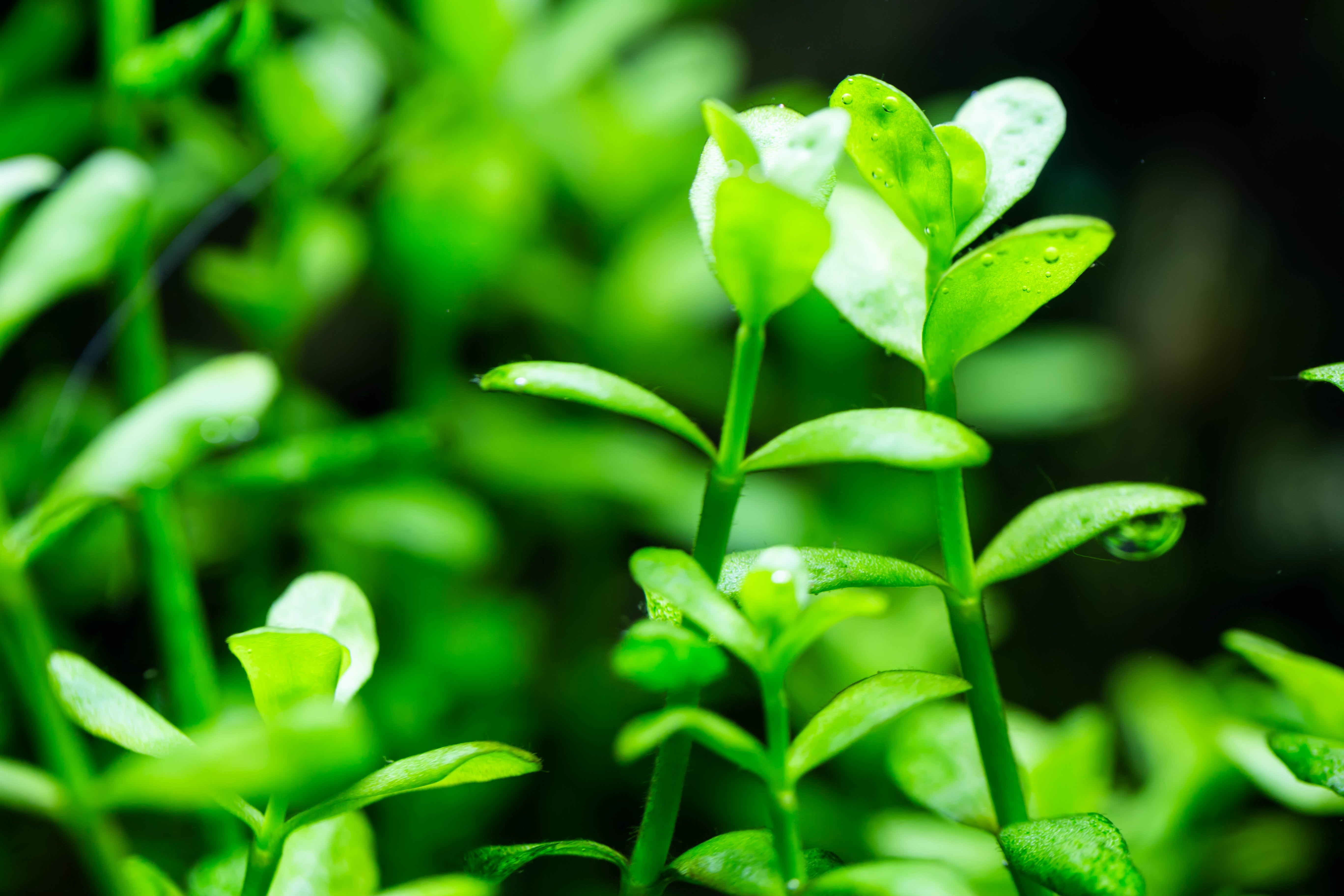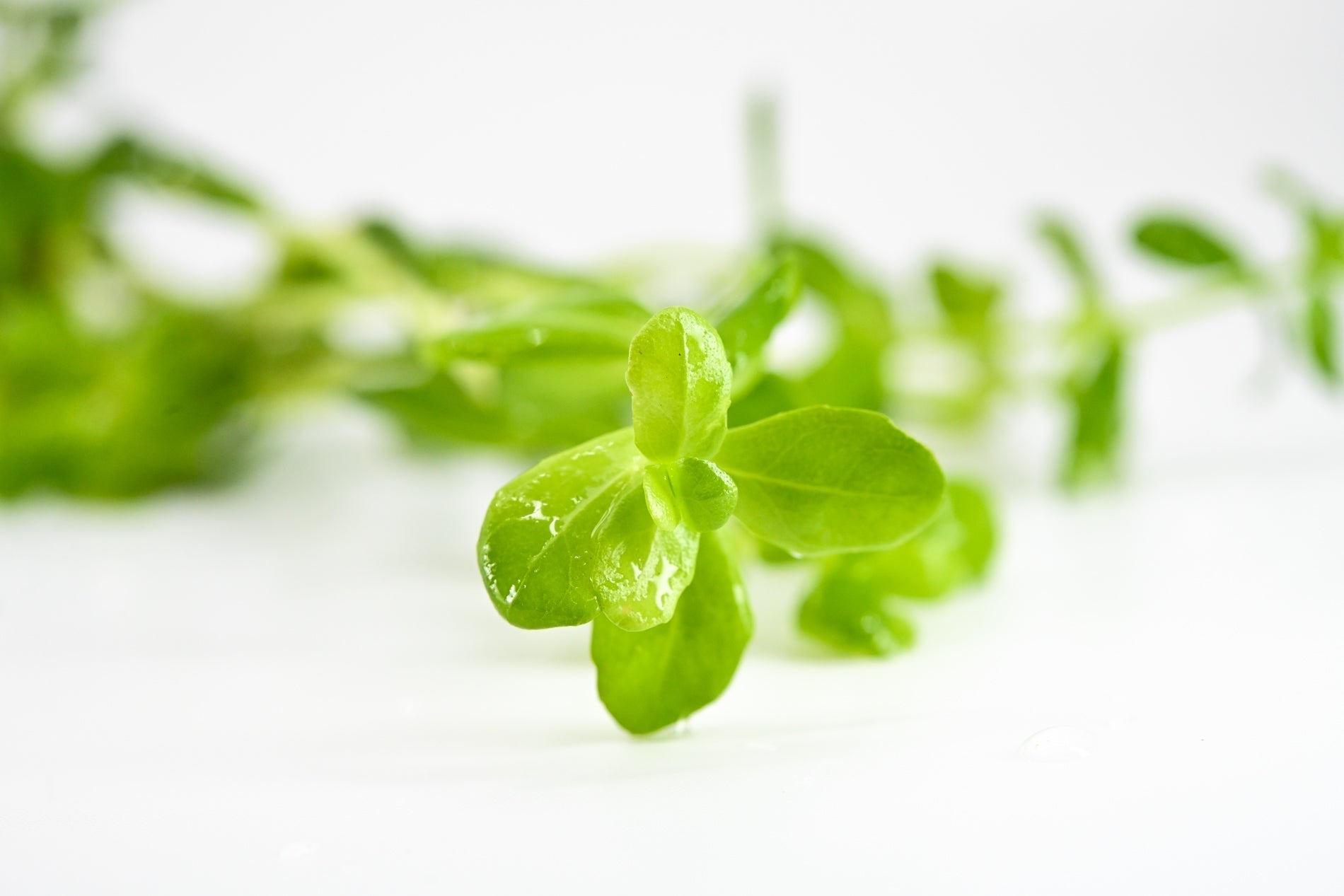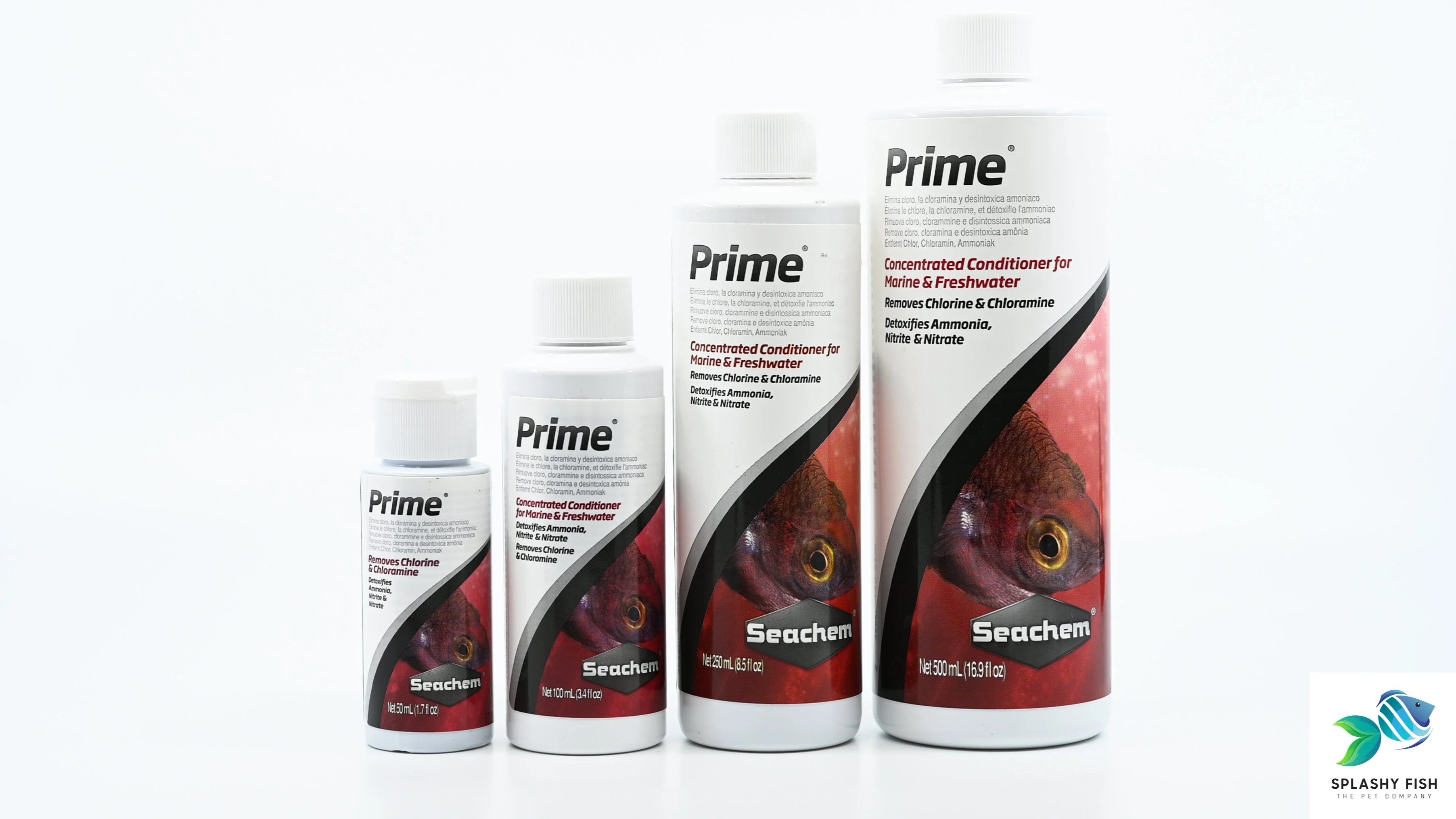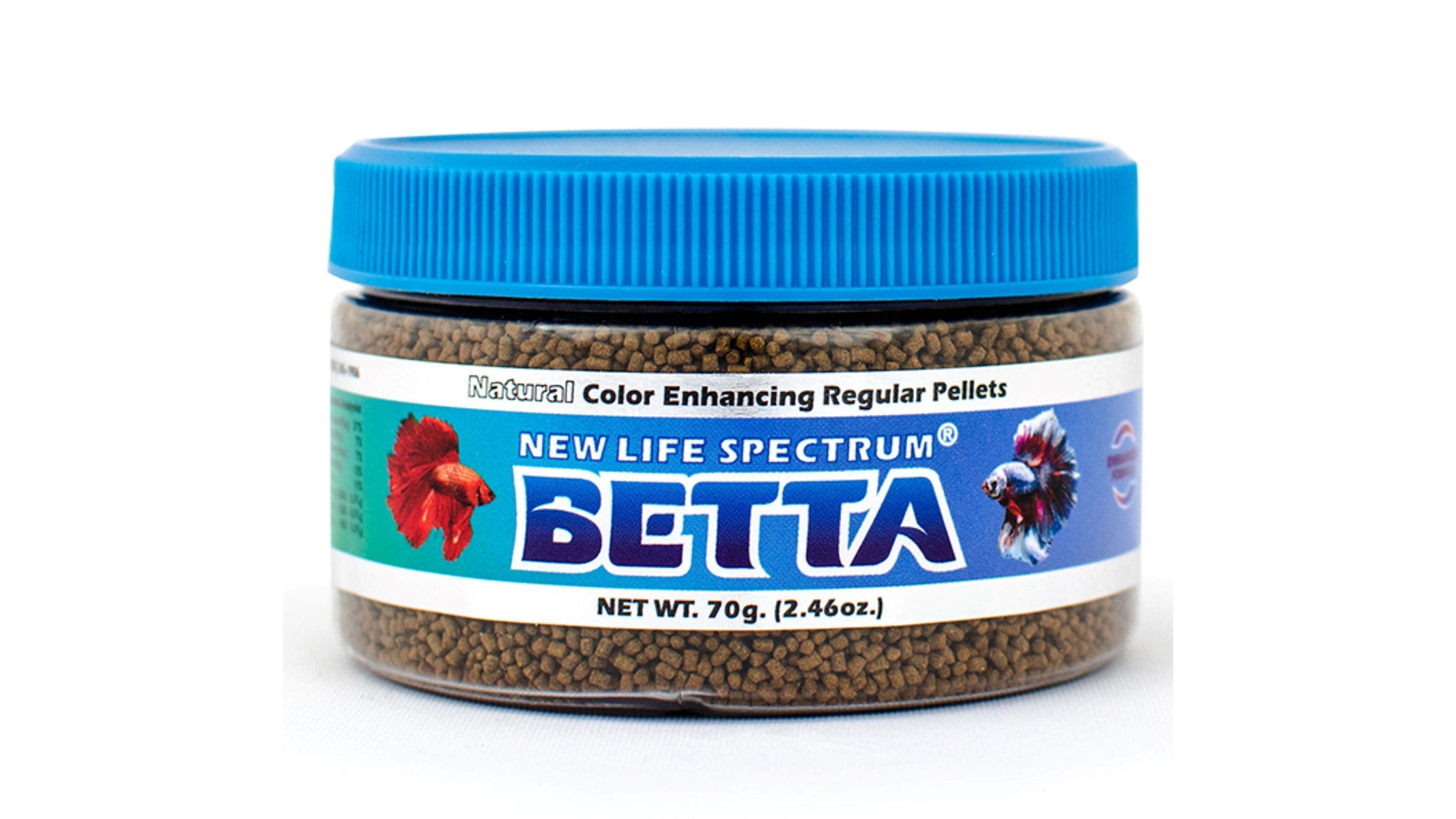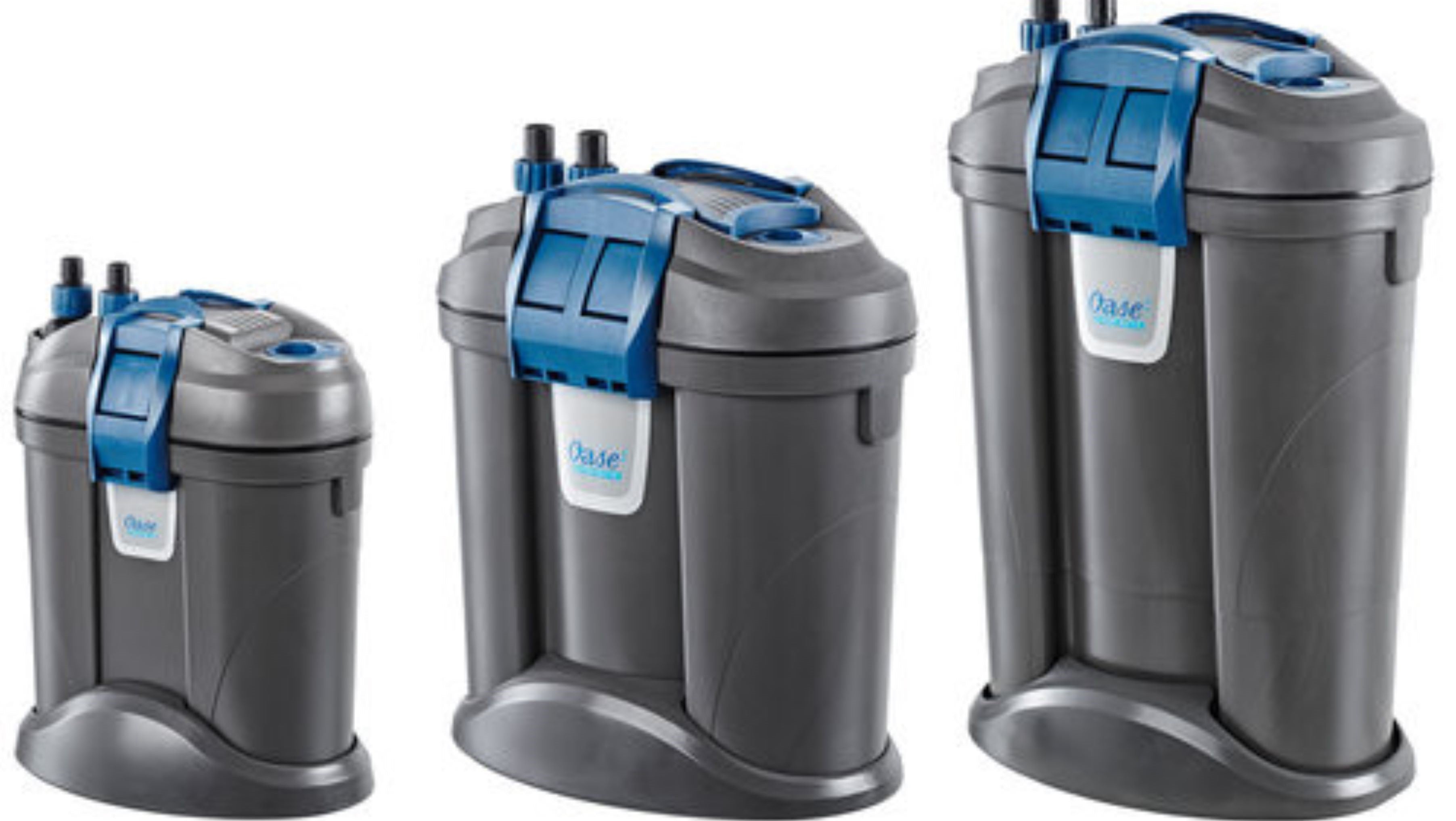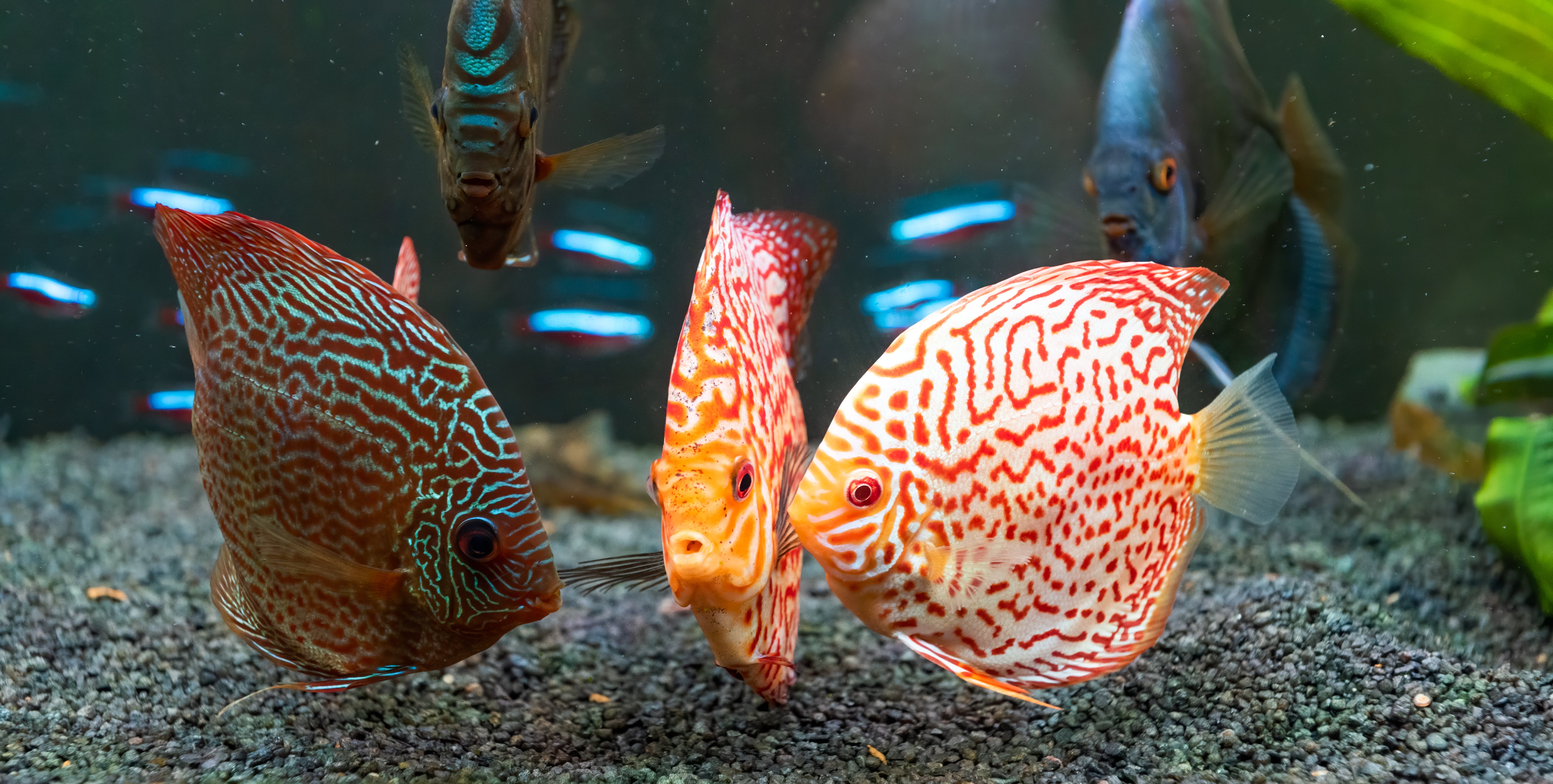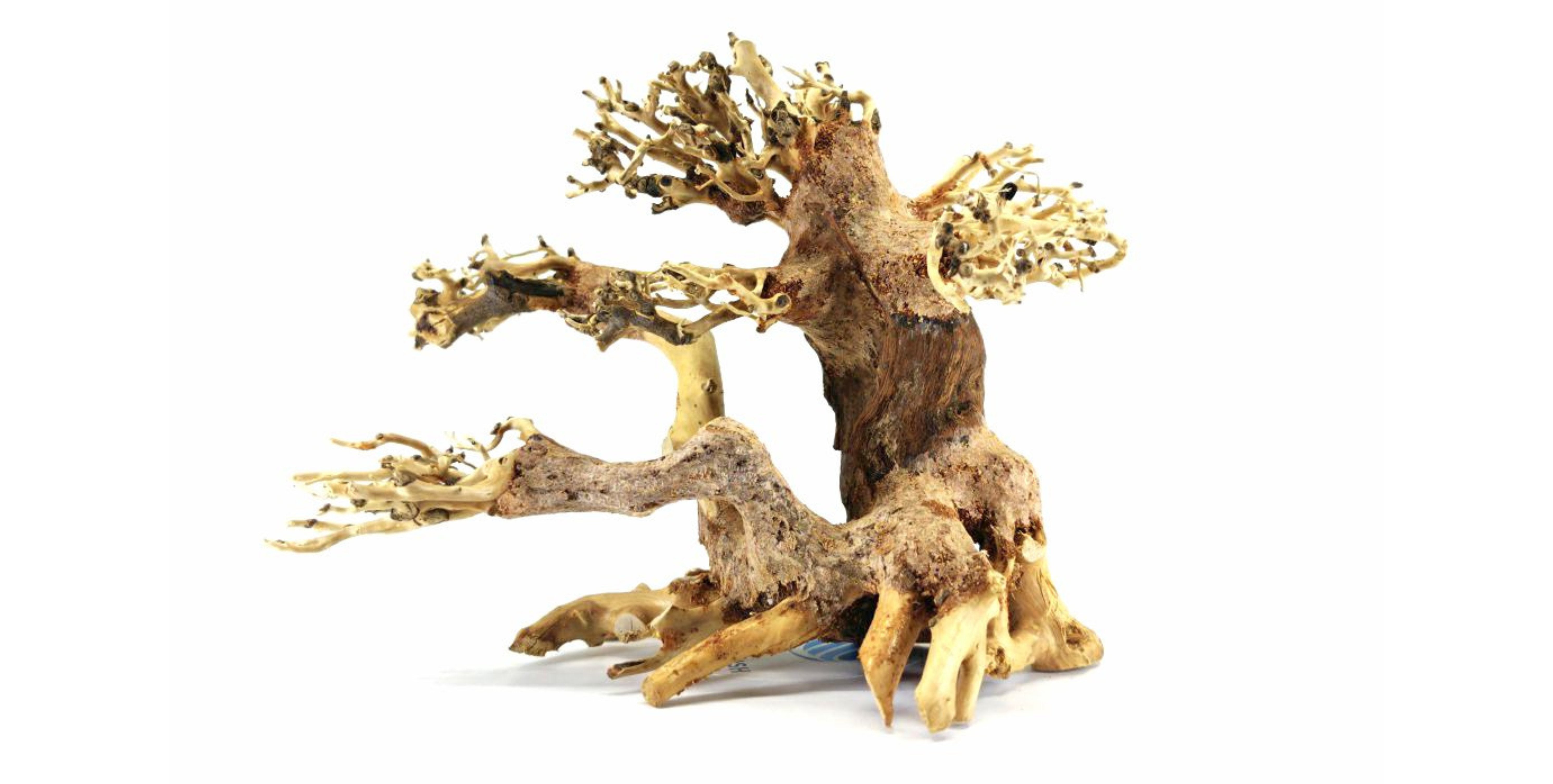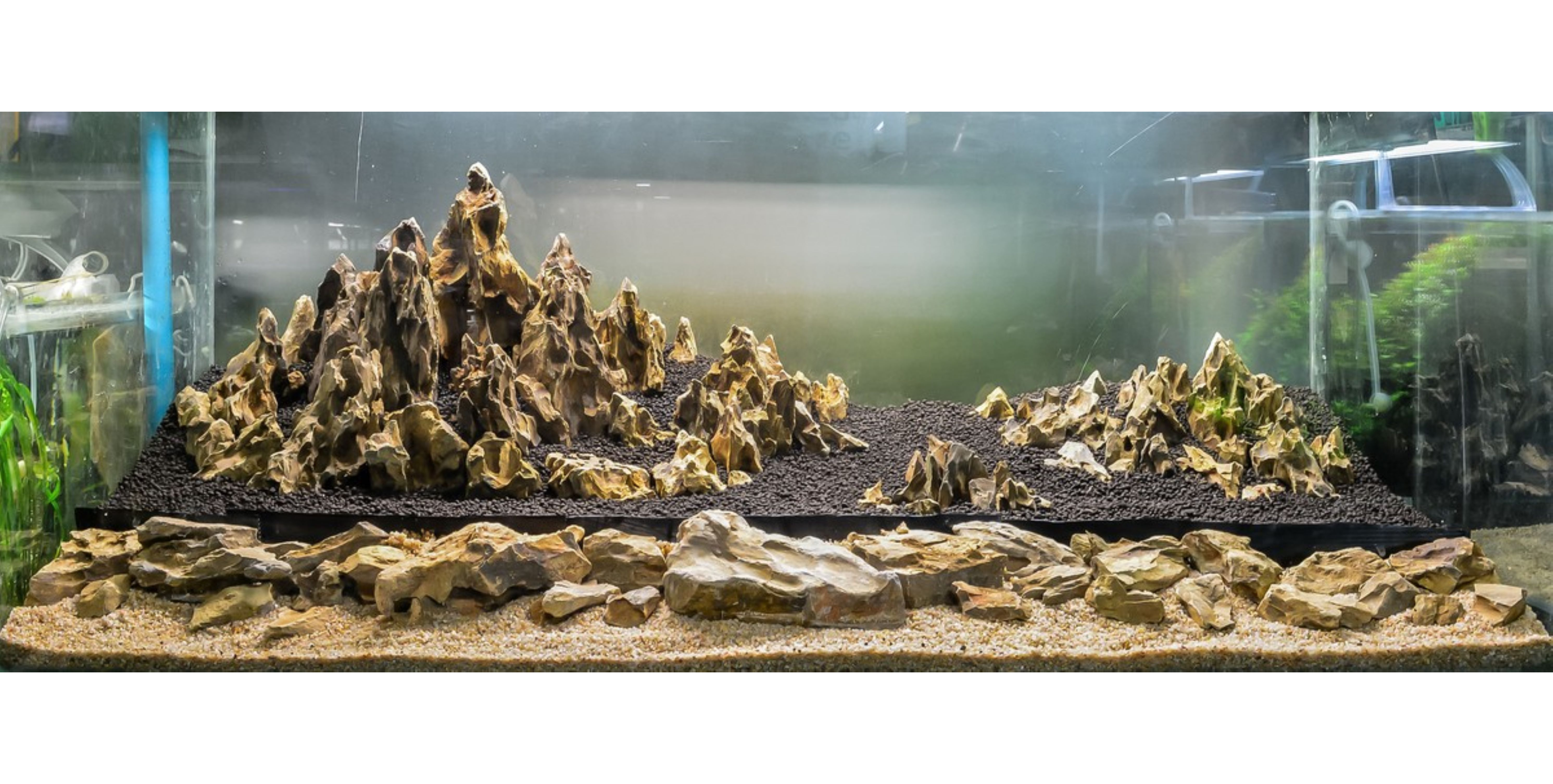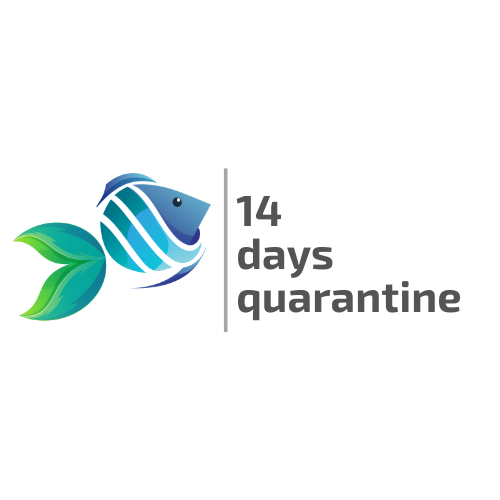Table of Contents
Adding live aquarium plants for beginners is one of the best ways to create a vibrant, healthy, and visually appealing freshwater aquarium. These aquatic plants not only enhance the aesthetic appeal but also improve water quality by absorbing excess nutrients, reducing algae growth, and providing shelter for fish. Additionally, live plants for aquariums contribute to a balanced ecosystem, making them a great choice for both novice and experienced aquarists.
However, selecting the right aquarium plants can be overwhelming due to the wide variety of options available. Some plants require high light levels, additional CO2 injection, and nutrient-rich substrates, making them challenging for beginners. Fortunately, there are many freshwater plants that are low-maintenance, adaptable, and perfect for first-time plant keepers.
In this guide, we’ll explore the top 10 easy-to-care live aquarium plants that thrive with minimal effort. These plants are resilient, adaptable, and require little maintenance, making them perfect for those new to the hobby.

1. Anubias (Anubias spp.)
Anubias is one of the most popular live aquarium plants due to its hardiness and low-maintenance nature. This plant thrives in a variety of conditions and can be attached to driftwood, rocks, or decorations, making it a versatile addition to any aquascape. It grows slowly but steadily and does well in both low and moderate light conditions. Anubias is highly resistant to fish that tend to nibble on plants, making it an excellent choice for tanks with herbivorous species.
Caring for Anubias is simple. Avoid burying its rhizome in the substrate, as this can cause it to rot. Instead, attach it to hardscape materials using thread or glue. It can also be grown emersed in paludariums or ripariums. This plant is highly tolerant of different water parameters, making it perfect for beginners who are still learning about aquarium care. Some popular Anubias plants are Anubias Nana, Anubias Nana Petite, and Anubias Barteri.
Visit here for more information about How to Care for Anubias Plants.
2. Java Fern (Microsorum pteropus)
Java Fern is another excellent aquatic plant that grows well in low-light environments. It has long, green, leathery leaves that add a natural touch to aquariums. This plant is incredibly resilient and can survive in a wide range of water conditions. Unlike many other plants, Java Fern does not need to be planted in the substrate. Instead, it should be attached to rocks, driftwood, or other decorations.
Propagation occurs naturally when small plantlets develop on mature leaves and detach to form new plants. It grows at a moderate pace and does not require additional CO2 or fertilizers. Due to its ability to thrive in minimal care conditions, Java Fern is an ideal choice for beginners looking for a low-maintenance plant.
Visit here for more detailed information about How to Care for Java Fern.
3. Amazon Sword (Echinodorus spp.)
Amazon Sword is a classic freshwater plant known for its broad, vibrant green leaves. It is an excellent choice for larger aquariums as it grows tall and provides a lush background. This plant creates a natural and serene environment for fish by offering shade and hiding spots.
Although Amazon Sword is relatively hardy, it does benefit from a nutrient-rich substrate since it is a heavy root feeder. Adding root tabs to the substrate helps support its growth and leaf development. It thrives in moderate to high light and grows at a moderate to fast pace. Regular pruning is recommended to prevent it from overshadowing smaller plants in the tank. Its adaptability and durability make it one of the best choices for beginners.
4. Hornwort (Ceratophyllum demersum)
Hornwort is a fast-growing aquatic plant that serves as a natural water purifier. It absorbs excess nutrients from the water, helping to reduce algae growth. This plant can be grown floating or anchored in the substrate, making it highly versatile.
Hornwort grows quickly under various light conditions, from low to high, and does not require CO2 supplementation. However, it may shed some of its needle-like leaves when first introduced to a new environment. Once established, it provides excellent cover for freshwater fish, especially fry and shy species. Its adaptability and ability to improve water quality make it a favorite among beginners.
5. Java Moss (Taxiphyllum barbieri)
Java Moss is a slow-growing but highly adaptable live plant for aquariums that can be used in various ways. It can form a dense carpet, be attached to driftwood or rocks, or even be used to create moss walls. This plant adds a lush green look to the tank and provides an excellent hiding place for shrimp and small fish.
Java Moss requires minimal lighting and grows well without fertilizers or CO2 injection. It spreads by extending its tiny branches and attaching itself to surfaces. Regular trimming helps maintain its shape and prevent overgrowth. Due to its resilience and easy care, Java Moss is an excellent choice for beginners looking to enhance their aquascape.
6. Water Wisteria (Hygrophila difformis)
Water Wisteria is a fast-growing aquatic plant that provides excellent oxygenation and helps control algae by competing for nutrients. It has attractive, lacy leaves that change shape depending on its environment.
This plant can be grown as a floating plant or rooted in the substrate. It thrives in moderate to high light and grows quickly, requiring regular trimming to prevent it from overtaking the tank. It is highly adaptable and can survive in a range of water conditions. Beginners will appreciate its ease of care and ability to enhance water quality.
7. Vallisneria (Vallisneria spp.)
Vallisneria, commonly called "Vals," is a tall, grass-like plant that grows in dense clusters. It is one of the easiest freshwater plants to maintain, making it a staple in beginner-friendly aquariums. It propagates through runners, allowing it to spread naturally.
This plant prefers moderate lighting but can adapt to different conditions. It grows at a moderate to fast pace and requires minimal maintenance. Once established, it provides a beautiful, flowing effect in the background of an aquarium. Its hardiness and self-sustaining growth make it an excellent choice for new aquarists. Some common Vallisneria plants that beginners can keep including Vallisneria spiralis or Jungle Val.
Visit here for details on How to Care for Vallisneria Plants.
8. Cryptocoryne (Cryptocoryne spp.)
Cryptocorynes, or "Crypts," come in various colors, shapes, and sizes, making them a great choice for adding diversity to an aquascape. They are slow-growing plants that require little care, making them ideal for beginners.
One common issue with Crypts is "Crypt melt," where the leaves deteriorate when first introduced to a new tank. However, this is a temporary phase, and the plant will regrow stronger once it adapts to its environment. Crypts do well in low to moderate light and do not require additional CO2. They benefit from a nutrient-rich substrate to support their slow but steady growth. Beginners love to keep Cryptocoryne plants like Cryptocoryne parva, Cryptocoryne lutea, Cryptocoryne wendtii, etc.
Visit this blog for details on Cryptocoryne Plants Care Guide.
9. Dwarf Sagittaria (Sagittaria subulata)
Dwarf Sagittaria is a carpeting plant that forms a lush green foreground in an aquarium. It is an easy-to-grow plant that spreads through runners, making it an excellent choice for those looking to create a natural carpet effect in their tank.
This plant thrives in moderate lighting and can tolerate a variety of water conditions. It benefits from occasional trimming to prevent overgrowth but generally requires little maintenance. Due to its ability to establish itself quickly, Dwarf Sagittaria is an excellent option for beginners who want a low-maintenance carpeting plant.
Visit this blog for more information about How to Care for Sagittaria Plants.
10. Marimo Moss Balls (Aegagropila linnaei)
Marimo Moss Balls are one of the most unique and beginner-friendly live aquarium plants available. Unlike traditional plants, they are actually a type of algae that grows into soft, green, velvety spheres. Their slow growth and minimal care requirements make them an excellent choice for beginners looking for a low-maintenance addition to their tanks.
These aquatic plants require very little light and can thrive in a wide range of water conditions. They do not need to be planted in the substrate and can simply be placed in the tank, where they will naturally roll around with water movement. Marimo Moss Balls help improve water quality by absorbing nitrates and other toxins, making them beneficial for maintaining a balanced ecosystem.
Caring for Marimo Moss Balls is simple. Occasionally, they should be rinsed and gently squeezed to remove accumulated debris. If they begin to flatten out, rolling them between your hands can help maintain their spherical shape. While they grow very slowly—only about 5mm per year—they can live for decades if properly cared for.
Due to their unique appearance and ability to naturally filter water, Marimo Moss Balls are a favorite among aquarists of all experience levels. They are especially popular in shrimp tanks and nano aquariums.
Visit this blog for more information about How to Care for Marimo Moss Balls.
Conclusion
Choosing the right live aquarium plants for beginners ensures a thriving, healthy tank. These freshwater plants improve water quality and enhance the overall aquarium environment, making them excellent choices for beginners. Start with these easy-care plants and enjoy a lush, natural aquascape! At Splashy Fish tropical fish store, we offer a wide variety of live aquarium plants for sale from both regular and tissue culture plants types from Tropica. Visit us to buy them online or at our aquarium store in Virginia for more freshwater fish for sale, freshwater shrimp for sale, and aquarium supplies.
Live Aquarium Plants Frequently Asked Questions (FAQs)
Should I grow live aquarium plants or fake plants for my freshwater aquarium?
Live aquarium plants offer numerous benefits over fake plants. They help improve water quality, reduce algae growth by competing for nutrients, and provide natural shelter for fish. They also contribute to a more balanced ecosystem by oxygenating the water. While fake plants require no maintenance, they do not provide the same biological benefits as live plants for aquariums.
Do live aquarium plants need O2 to grow?
Like all plants, live aquarium plants undergo respiration, where they consume oxygen at night. However, during the day, they perform photosynthesis, absorbing carbon dioxide and releasing oxygen into the water. In most cases, a well-planted aquarium will maintain a natural balance of oxygen without needing additional aeration.
How can I clean my aquarium with live aquarium plants?
To maintain a clean aquarium with live plants, regularly remove debris from plant leaves, perform partial water changes, and use a gravel vacuum to clean the substrate without disturbing plant roots. Trimming plants prevents overgrowth and keeps the tank looking tidy. Additionally, healthy aquatic plants will naturally help absorb waste and toxins, contributing to a cleaner aquarium environment.



